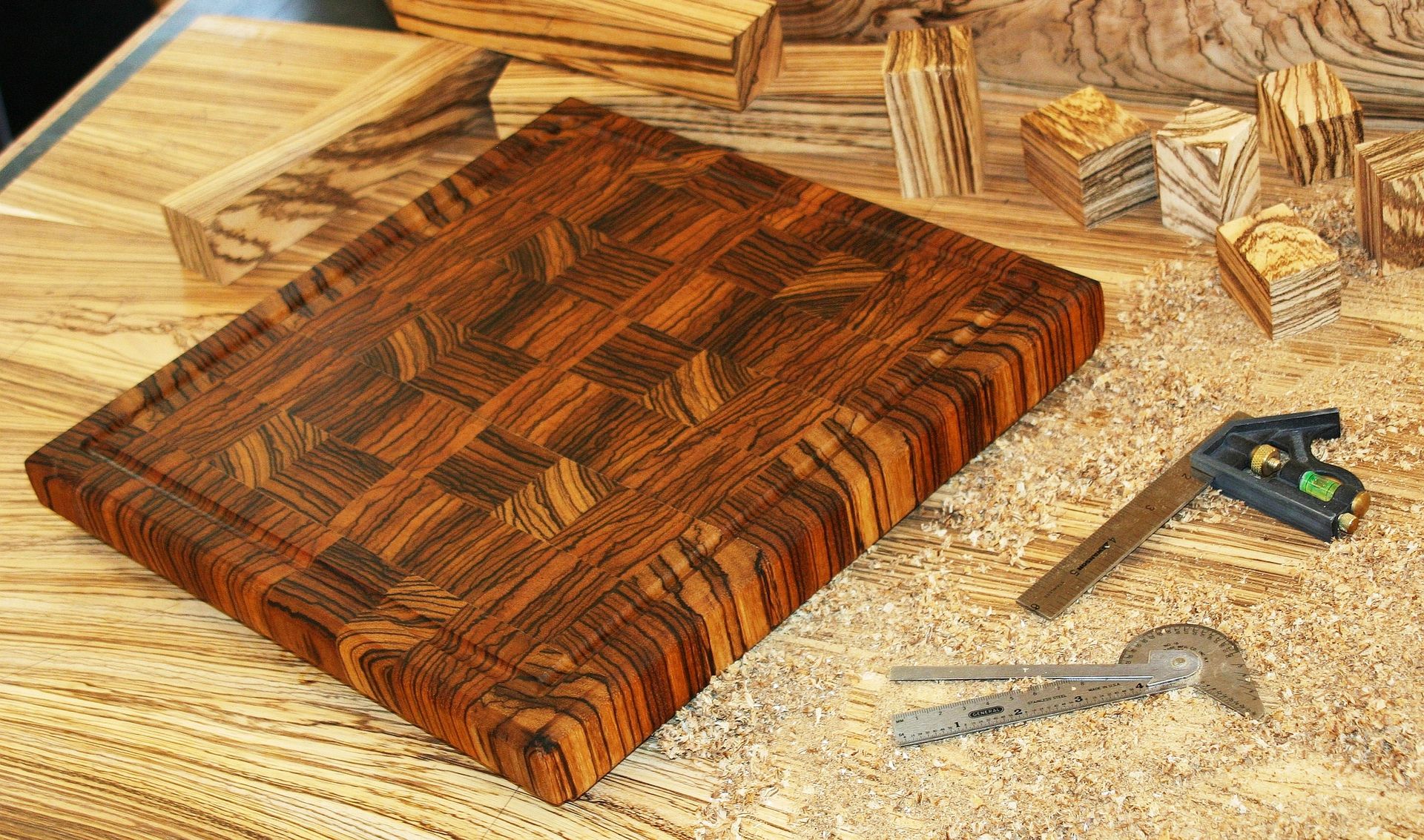
Top-Selling Cutting Board Designs for Woodworkers
Cutting boards are an essential kitchen item, and they are also a popular woodworking project. Woodworkers enjoy the challenge of crafting these functional and beautiful pieces, and they are a great way to showcase their skills. If you are a woodworker looking to create and sell cutting boards, it is important to understand the top-selling designs that customers are looking for.
This article will discuss the top-selling cutting board designs, including their features and benefits, as well as tips for creating them. By understanding the preferences of your customers, you can increase your sales and create cutting boards that are both beautiful and functional.
Classic Rectangular Cutting Board
The classic rectangular cutting board is a timeless design that is popular for a reason. It is simple, versatile, and easy to use.
Features and Benefits
- Simple, timeless design
- Versatile for a wide range of tasks
- Easy to store and clean
- Can be made in various sizes
Tips for Creating
- Use a hardwood such as maple, cherry, or walnut for durability and moisture resistance
- Ensure the board is properly sealed with food-safe oil or finish
- Consider adding a juice groove to catch drips
- Offer various sizes to meet customer needs
End Grain Cutting Board
End grain cutting boards are known for their durability and ability to stay sharp longer. This is because the end grain is denser than the side grain, making it more resistant to knife damage.
Features and Benefits
- Exceptional durability and knife-friendliness
- Helps keep knives sharper for longer
- Unique and visually appealing
Tips for Creating
- Use a hardwood such as maple, cherry, or walnut
- Cut the wood into small blocks and glue them together to create the end grain pattern
- This can be a more time-consuming process than making a traditional cutting board
- The end grain will need to be properly sealed to prevent moisture from seeping in
Butcher Block Cutting Board
Butcher block cutting boards are typically made from large pieces of hardwood, such as maple or walnut. They are known for their durability, stability, and rustic appeal. They are often used by professionals, but are also becoming increasingly popular in home kitchens.
Features and Benefits
- Heavy-duty construction for lasting durability
- Offers a large surface area for working
- Can be made in a variety of shapes and sizes
Tips for Creating
- Use a hardwood that is known for its stability, such as maple or walnut
- The board should be properly sealed and treated to prevent moisture damage
- Consider adding a decorative edge detail for a more upscale look
Cheese Board Cutting Board
A cheese board is a cutting board that is specifically designed for serving cheese. They often feature compartments or grooves for holding different types of cheese, crackers, and other snacks. The design can be very simple or quite elaborate.
Features and Benefits
- Stylish and functional for serving cheese
- Can be made in a variety of sizes and shapes
- Often includes compartments or grooves for holding cheese, crackers, and other snacks
Tips for Creating
- Choose a wood that is aesthetically pleasing and easy to work with, such as maple, cherry, or walnut
- Add compartments for cheese and snacks by using a router or hand tools to cut the design
- A simple design is usually the most practical
Serving Trays
Serving trays can double as cutting boards. They are often made from a variety of materials, including wood, metal, and plastic. They are usually a rectangular shape with a handle.
Features and Benefits
- Versatile for both serving and cutting
- Can be made in a variety of sizes and styles
- Handle for easy carrying
Tips for Creating
- Choose a wood that is aesthetically pleasing and easy to work with, such as maple, cherry, or walnut
- Add a handle to the tray for easy carrying
- Ensure the tray is properly sealed and finished to prevent moisture damage
Unique and Personalized Cutting Board Designs
In addition to the classic designs, there are also many unique and personalized cutting board designs that are becoming increasingly popular. You can use various techniques, such as:
Inlays and Intarsia
Inlay and intarsia techniques can be used to create intricate designs on cutting boards.
Engraving
Engraving can be used to add personalized touches, such as names, dates, or special messages, to cutting boards.
Etching
Etching can be used to create unique designs and patterns on cutting boards.
Burned Designs
Wood burning techniques can be used to add decorative designs to cutting boards.
Marketing and Selling Your Cutting Boards
Once you have created your cutting boards, it is important to market and sell them effectively. Here are some tips for success:
High-Quality Photography
Take high-quality photos of your cutting boards and showcase them on your website and social media.
Online Marketplaces
Sell your cutting boards online through platforms such as Etsy, Amazon Handmade, and Shopify.
Craft Fairs and Markets
Attend craft fairs and markets to sell your cutting boards in person and connect with customers.
Social Media Marketing
Use social media to promote your cutting boards and engage with potential customers.
Conclusion
By understanding the top-selling cutting board designs, you can create high-quality, functional, and beautiful pieces that customers will love. Remember to offer a variety of options, including classic designs, personalized touches, and unique styles. Marketing and selling your cutting boards effectively can help you build a successful woodworking business.









No comments:
Post a Comment
Note: Only a member of this blog may post a comment.